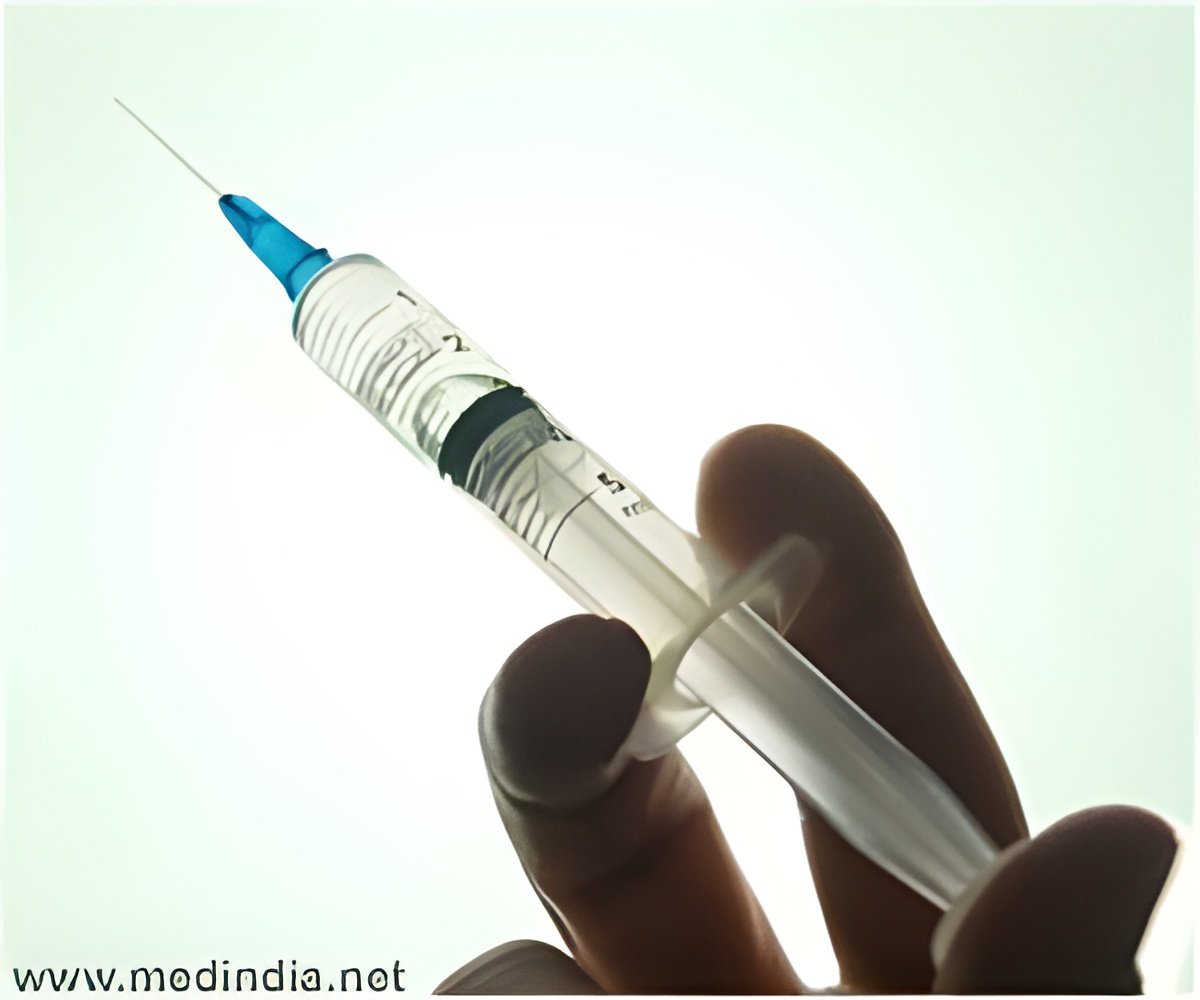All vaccines do need proper refrigeration facilities to preserve their structure and immunogenicity, we all know that

The answer to preserve vaccines for such places lie in coating viruses or viral bits with silica in a hot-spring environment, says a new study published in The New York Times.
Scientists at Portland State University prevented several viruses from drying out by coating them with silica, used primarily in the production of glass for windows, just as they are coated in hot springs.
Once the silica coats were rinsed off, some of the viruses were able to infect cells again, said the NYT report.
"It's hard to put a fridge on the back of a donkey so we require such vaccines," Kenneth M. Stedman, lead author of the study, was quoted as saying.
Stedman and his team coated four types of virus with silica, stored them, then washed off the silica and tried to infect cells.
Advertisement
The team is now on the job to test the technique on flu virus and rotavirus, and later, polio. Next on the list is testing them in animals instead of cells.
Advertisement
The study appeared in Journal of Virology.
Source-IANS










